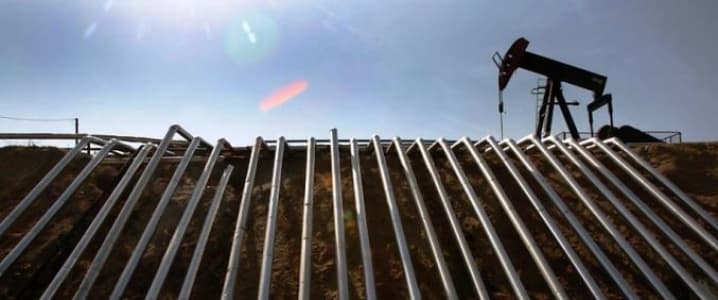Although the start to 2017 saw wavering optimism from U.S. oil and gas, healthier corporate balance sheets, improved well economics, and capital continuing to flow into the sector, are setting the stage for more expansion opportunities beyond just a few select shale plays in 2018, Houston-based investment bank GulfStar Group said in its Capital Perspectives: Oil and Gas Outlook 2018.
“Entering 2018, numerous metrics point to a broadening in the opportunity spectrum, though the most economic basins retain a substantial head start,” Bryan Frederickson and Eric Swanson say in GulfStar’s 2018 outlook.
U.S. shale producers have dramatically cut costs and optimized efficiencies in operations, and now many publicly traded firms cite an oil price of $50 per barrel as adequate to cover capital expenditures and dividends with cash flows, the investment bank said.
Mergers and acquisition (M&A) activity has been strong in 2017, with the deal count high, but per-transaction value has declined as the year progressed, GulfStar said.
In its Q3 2017 quarterly US Oil & Gas deals report, PwC also said that although the number of oil and gas deals in the U.S. rose in the third quarter, their total value dropped substantially as companies are seeking smaller, bolt-on acquisitions to fine-tune and rationalize their portfolios after the period of big transformational mega-deals.
According to GulfStar, a major driver this year has been the shifting of M&A activity to basins with more attractive entry valuations such as the Marcellus/Utica, Anadarko, and Niobrara. This is contrary to what some might think, as the Permian and Eagle Ford are used to getting all the attention.
Private equity firms have also boosted deal activity across the U.S. shale patch, with 36 percent of all Q3 M&A deals made with private equity, compared to just 15 percent in Q3 2016 and to 30 percent in Q2 2017.
Equity issuance by U.S. oil and gas firms has faltered since the middle of this year, but debt capital markets have moved in to offset dampening appetites for public equity, GulfStar also noted. Related: The Uncertain Future Of Natural Gas
“The signal from equity markets is clear, prioritizing fiscal discipline, profitability and cash generation over near-term growth,” Frederickson and Swanson say.
Commenting on the debt borrowings, GulfStar said, “Year-to-date issue volume through October 2017 exceeded $40 billion, potentially on pace to rival activity during the $100 oil days, and making oil and gas the most active industry on a global basis.”
Looking forward, GulfStar reckons that “Recent rig count and permitting data support the thesis that continued recovery in commodity prices and rationalization of operating costs should result in more widespread opportunity in 2018.”
By Tsvetana Paraskova for Oilprice.com
More Top Reads From Oilprice.com:
- 'Perfect Storm' Wreaks Havoc On Europe’s Energy Market
- Is The Oil Glut Set To Return?
- Goldman: These Are The Hottest Commodities In 2018


















